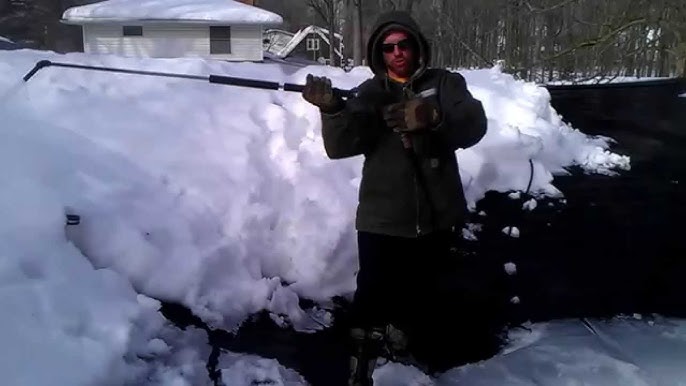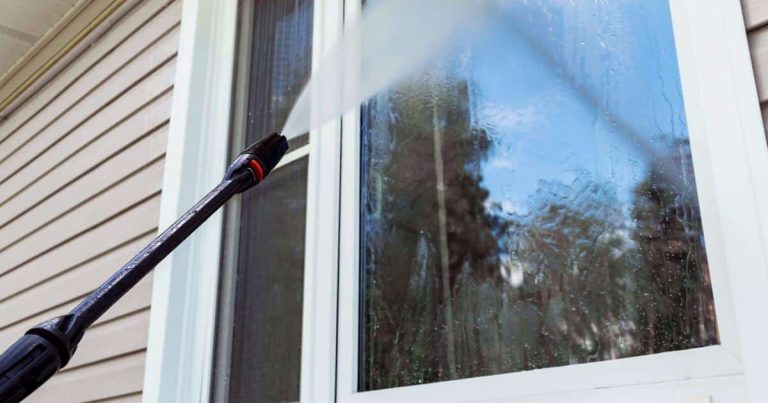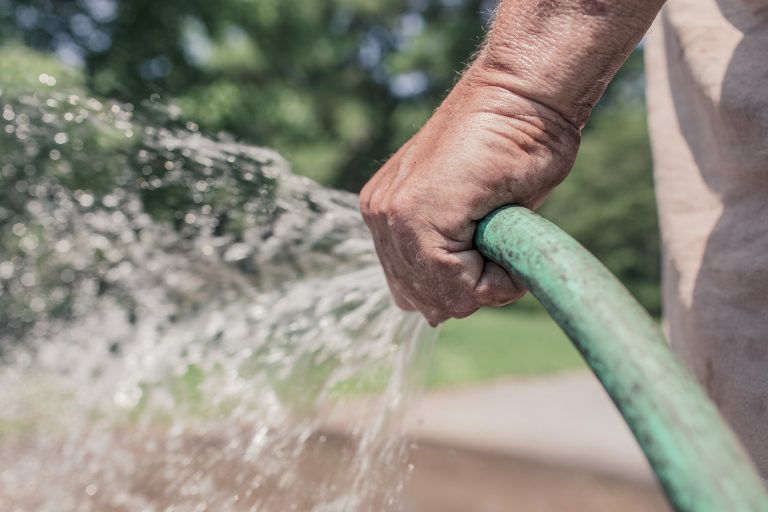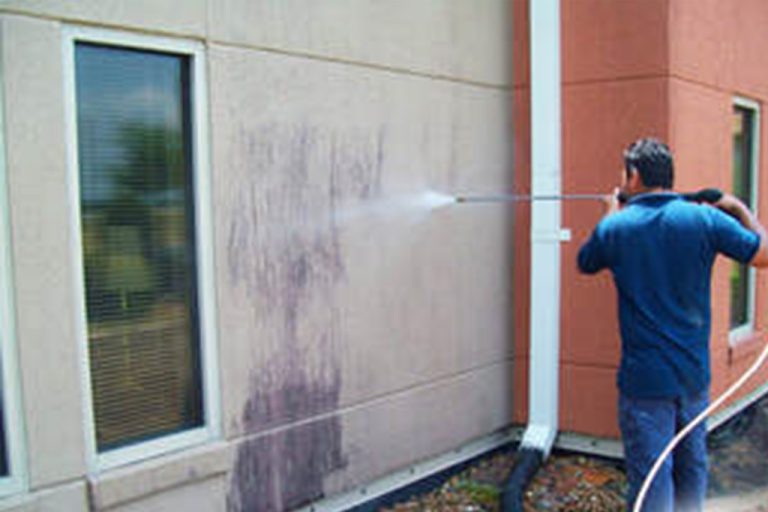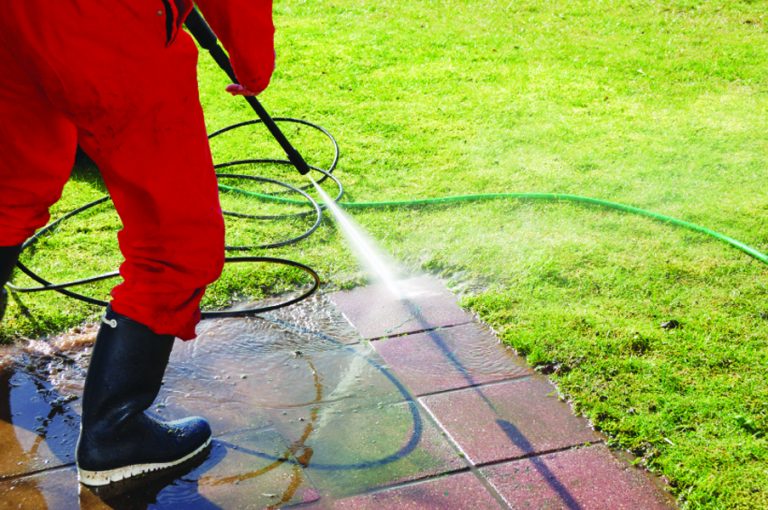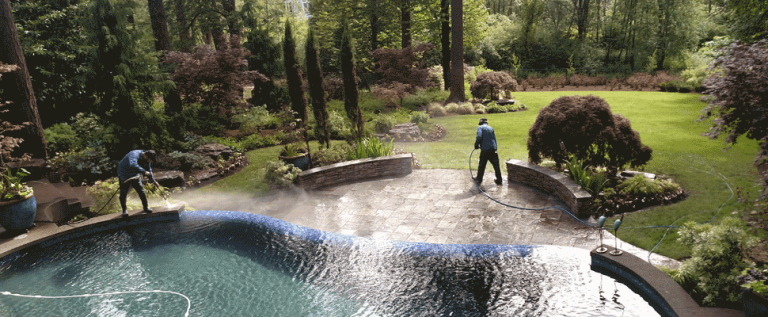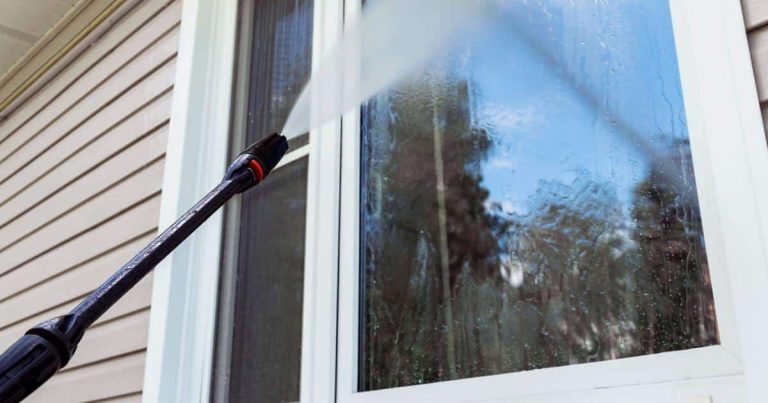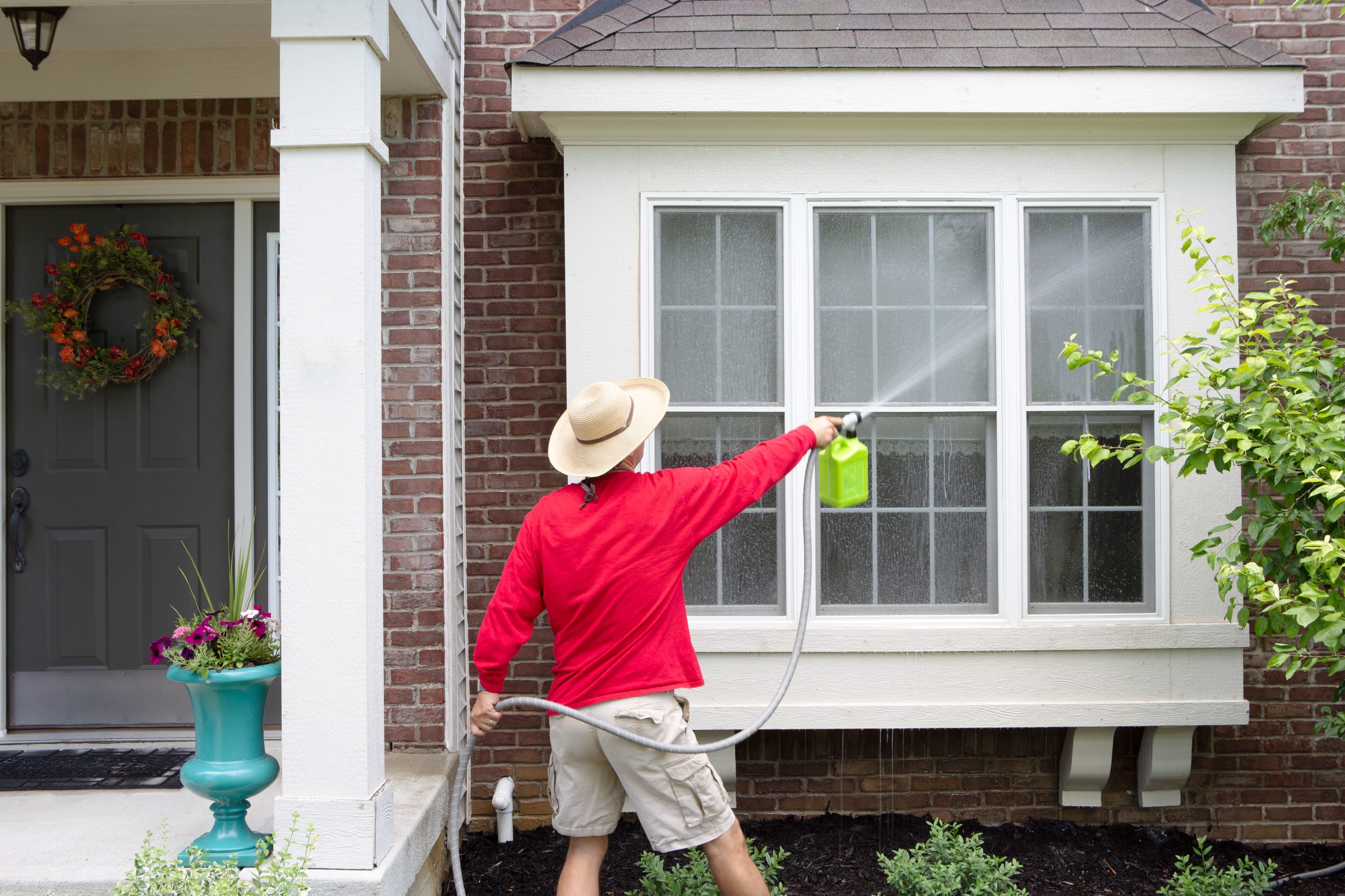
Pressure washing is a fantastic way to give your home a deep, satisfying clean. But when it comes to windows—especially large panes, older glass, or those with seals—you might hesitate before blasting away. The question is: Can you pressure wash your windows without damaging them?
Yes… but only if you do it right. ✅
While pressure washing windows can be safe and effective, it requires a gentler approach than washing your driveway or siding. Let’s break down the right way to do it, what to avoid, and how to get sparkling clean windows without risking a crack, leak, or disaster. 🧼🔍
🧠 Why Windows Are Vulnerable
Windows aren’t built to withstand extreme force. The risks of using a high-powered pressure washer include:
- Cracked glass from excessive pressure or cold water on hot glass
- Broken seals on double-pane windows, which can cause fogging
- Water intrusion into window frames, leading to rot or mold
- Scratched glass or paint if dirt or debris is blasted too hard
So while pressure washing can work, it requires some thoughtful adjustments. 🎯
🔧 Recommended PSI for Washing Windows
The key to safe window cleaning is low pressure. Stick to:
- 1,200 to 1,500 PSI MAX
- Use a 40° white spray tip for a wide, gentle spray pattern
- Stay at least 3 to 5 feet away from the glass
- Spray at a 45° angle to avoid hitting seals or forcing water behind frames
A pressure washer with an adjustable PSI is ideal for this kind of precision work. 🪟💦
🧽 Step-by-Step: How to Pressure Wash Windows Safely
1. Prep the Area
- Close all windows tightly
- Remove screens if possible (they can get damaged or trap water)
- Cover nearby electrical outlets and vents with plastic sheeting or tape
- Use a broom to knock away cobwebs or large debris first
🧠 Pro Tip: Don’t wash windows in direct sunlight—it can cause streaking or crack hot glass when hit with cool water.
2. Use a Gentle Detergent
Choose a window-safe soap that’s compatible with pressure washers. Apply using a black soap nozzle, which delivers low pressure and wide coverage.
Let the soap sit for 2–5 minutes, but don’t let it dry.
3. Rinse with a Low-Pressure Spray
Switch to a 40° white tip and rinse each window thoroughly from top to bottom. Use overlapping passes and avoid holding the spray in one place.
Stay back and take your time—rushing this step increases the risk of damage or streaks.
4. Dry & Inspect
Use a microfiber cloth, squeegee, or soft towel to dry windows manually for a streak-free finish. Check each window for signs of water intrusion, leaks, or cloudy glass.
🧼 Tip: Use a step ladder to get closer, rather than blasting from a distance. Safer, more accurate, and less pressure required.
🛑 Mistakes to Avoid
Pressure washing windows is about technique, not brute force. Here’s what NOT to do:
- ❌ Don’t use a 0° red nozzle—it can shatter glass instantly
- ❌ Don’t use high-pressure soap injectors directly on windows
- ❌ Don’t spray directly into window seams, vents, or seals
- ❌ Don’t clean windows in freezing temperatures (water expands inside seals!)
- ❌ Don’t use abrasive brushes or rough towels on the glass afterward
🧼 What About Window Screens?
Window screens are delicate and can be easily torn or bent with high-pressure water. If they’re removable, take them out and wash separately with a soft brush, mild soap, and a garden hose.
If they’re fixed in place, use the lowest pressure setting possible and keep your distance—at least 5 feet. 🌿🪟
👷♂️ When to Call a Professional
If you have:
- Very tall windows
- Historic glass
- Sealed dual-pane windows with fogging
- Wood frames with peeling paint or dry rot
…you may want to leave the job to a pro with the right equipment and experience.
Professionals often use soft washing techniques, which rely on low pressure and special cleansers to clean glass safely. Sometimes, it’s worth the extra peace of mind. 🧑🔧
🧠 Final Thoughts
Yes, you can pressure wash your windows safely—if you lower the PSI, choose the right nozzle, and stay mindful of seals and edges. With the right technique, you’ll get crystal-clear results without damage. 🪟✨
To recap:
- ✅ Use 1,200–1,500 PSI max
- 🌊 Stick with a 40° white tip
- 🚫 Avoid seams, seals, and high-pressure mistakes
- 💧 Wash on a cool, overcast day for best results
- 🧼 Dry manually to avoid streaks
Keep your windows gleaming, your frames safe, and your peace of mind intact! 💦🏡🌞
